Crafting a career in the arts is notoriously difficult. Sustaining oneself financially while doing so? An art in and of itself. To help those finding their footing, CULTURED asked nine seasoned artists—including Marilyn Minter, Walter Robinson, and Paul Rucker—to shed light on the most unexpected yet effective advice they’ve ever received. Read below for their tips on being sensitive, going on IG live, and navigating workplace relationships.

Marilyn Minter: The New York-based artist is known for her provocative photography, videos, and photorealist paintings that explore the intersection of beauty and decay.
“I've heard this a million times over the years: 'You can't think yourself into right action, you have to act yourself into right thinking.' In other words, stop staring at the wall thinking about making something brilliant. Just start making bad things until they get good. The paintings will tell you what to do. I don't know where the original advice came from but it's something I've told my students for years.”
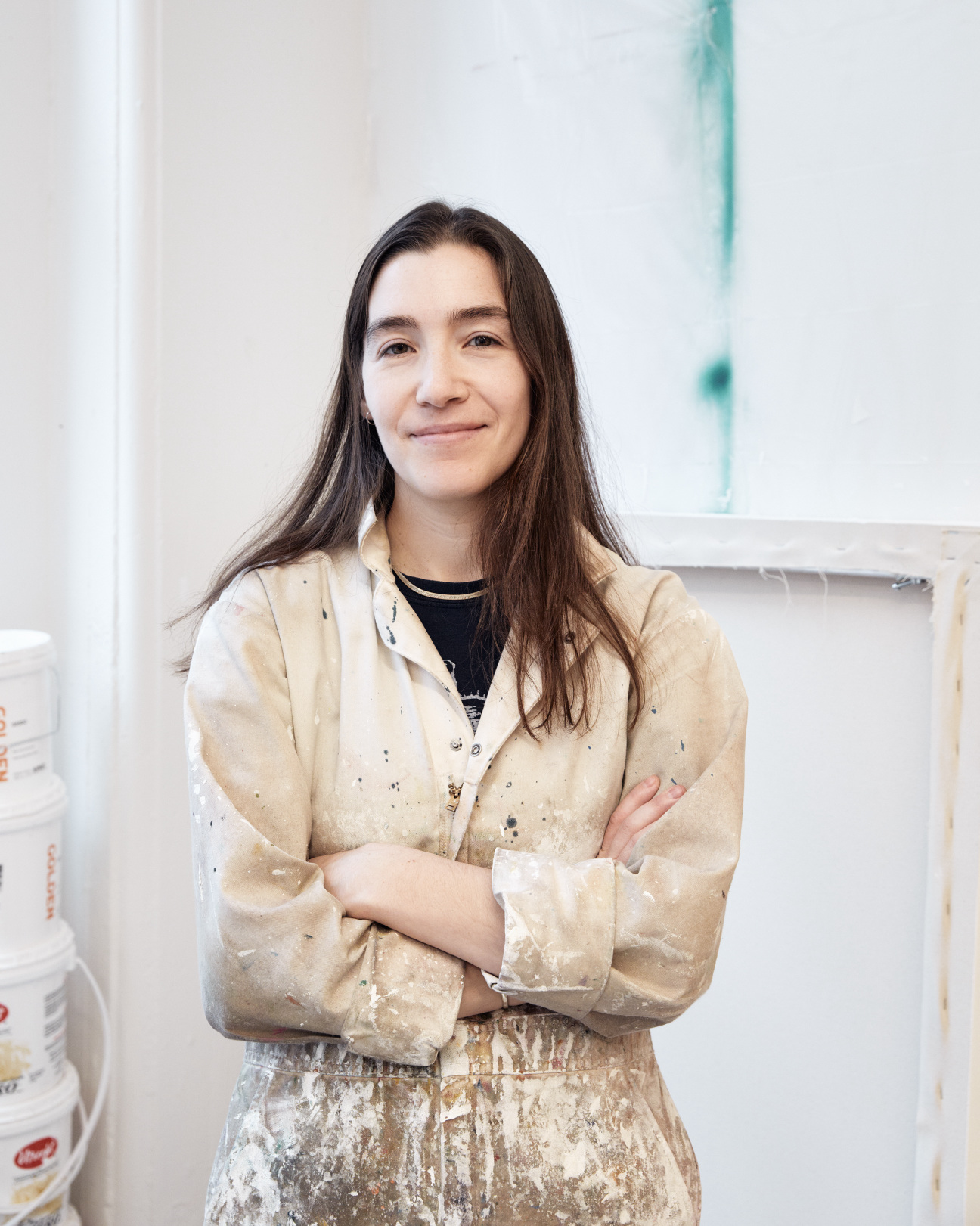
Ana Benaroya: The New Jersey-based artist’s paintings depict muscular, nude women in combat, riding horseback, and driving convertibles to probe questions about gender and desire.
"When I was much younger, probably still in high school, my dad told me how he tried to write a few pages of the book he was working on every day. If you wrote five pages a day, for example, then after two months you would have written about 300 pages. That idea, though maybe not given exactly as advice at the time, really stuck with me. When I get overwhelmed with a big project, or even just a single painting, I think to myself, even if I do just a little bit today, by the end of the week, I will have made a greater amount of progress than I might imagine. The ability to break up a show I'm working on into smaller more manageable pieces helps me stay on track and also keeps me from getting discouraged from day to day. I try to remind myself of this on days when I feel like I haven't done very much. It all adds up in the end."

Sarah Slappey: The Brooklyn-based artist, a Wake Forest and Hunter College alum, explores our conception of femininity and eroticism through paintings of disembodied limbs and other surreal forms.
"'People in this industry will tell you not to be so sensitive, but your job is to be sensitive.' This was a piece of advice given to me by Inka Essenhigh around 2019, and I've never forgotten her words. I've interpreted it to mean this: you should be tough around the boundaries of your studio, but always remember that fundamentally what we're doing is highly personal and the practice of making art is about tuning into your senses. It is impossible to divorce our feelings about our practice from the practicality of the business, and that is more than okay. Feel your feelings."
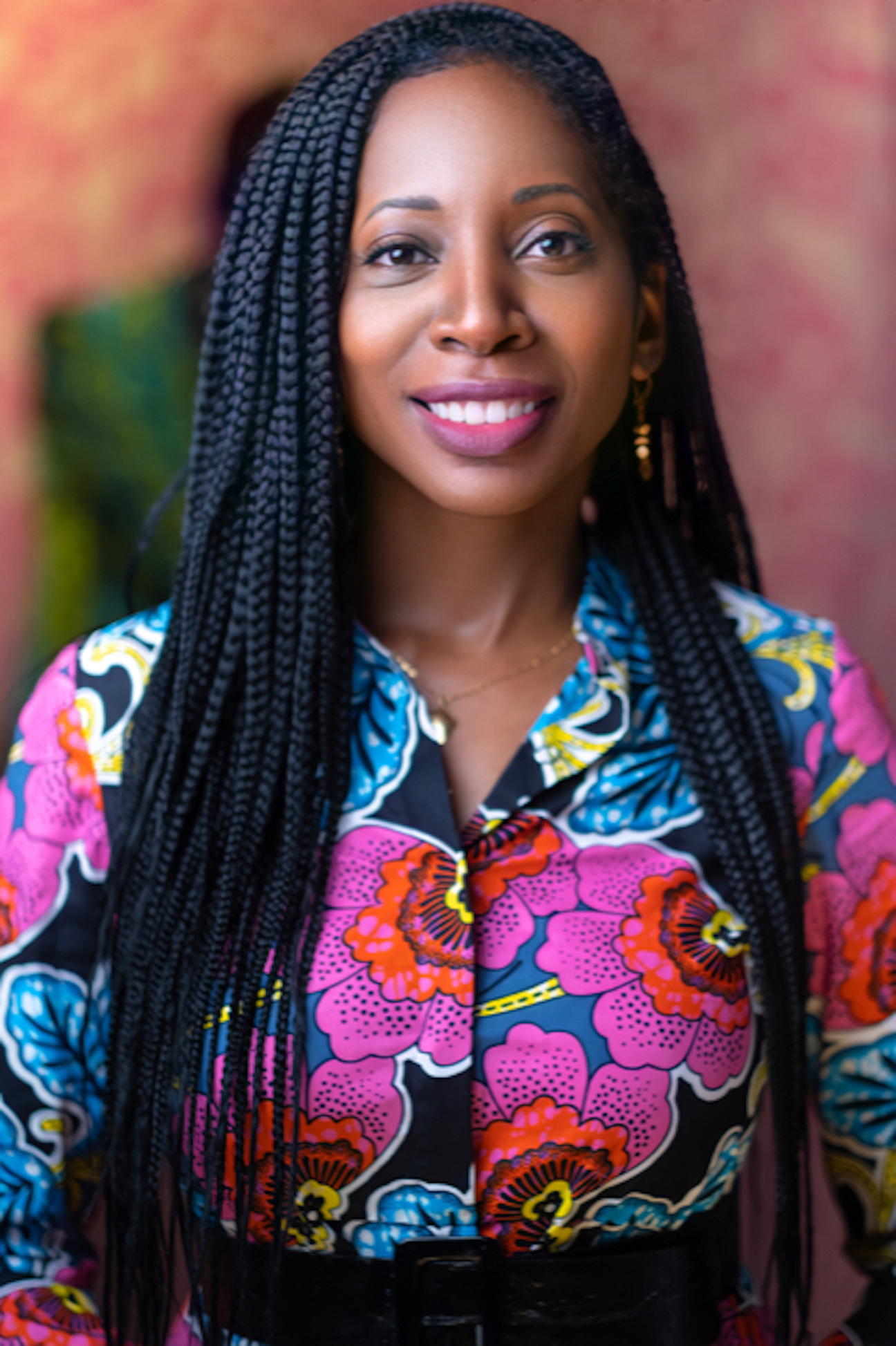
Bisa Butler: The New Jersey-born artist has redefined the medium of quilting with monumental threaded portraits that celebrate Black life and history.
“I was a high school art teacher for 15 years before I started working exclusively in art. A student in my class told me one day that he had an older sister, Adebunmi Gbadebo, who was an artist too. His sister’s work was rich, beautiful, and powerful and she became my studio assistant for two years, and is one of my closest friends. A piece of advice that changed my life was in regards to telling my own story. I had a few experiences where a false narrative was being shared about me. Adebunmi told me to speak up, and let the world know who I am, or someone else will. I began writing statements, giving interviews, and posting my own IG live interviews, which were conducted by my husband and my two daughters. If you are not given a platform, make your own!”

Walter Robinson: The painter, publisher, curator, and writer, a longtime gadfly in the New York art scene, is known for cheeky paintings of romance novel covers, fast food, and pharmaceutical products.
“New Yorkers like to give directions but I don’t know about artists and their advice. Back in 1985, I wrote an essay called 'Quest for Failure' where I joked that for years I had been asking everyone I knew, art dealers and art critics, 'how do I become a success,' and they all just laughed at me. Then, I realized that nobody would tell me the secret of success because they don’t know it! And the worst, the ones who are most deluded about it, are the successes, because they think it’s their brilliance that was key, and all the rest of us watching them know that’s ridiculous, because they’re just as dorky as we are, if not more. So now that I’m old and have everything figured out, I can tell you that everything, every single thing about vanguard art has been figured out, it’s all very scientific, except for one thing: the secret of success.”
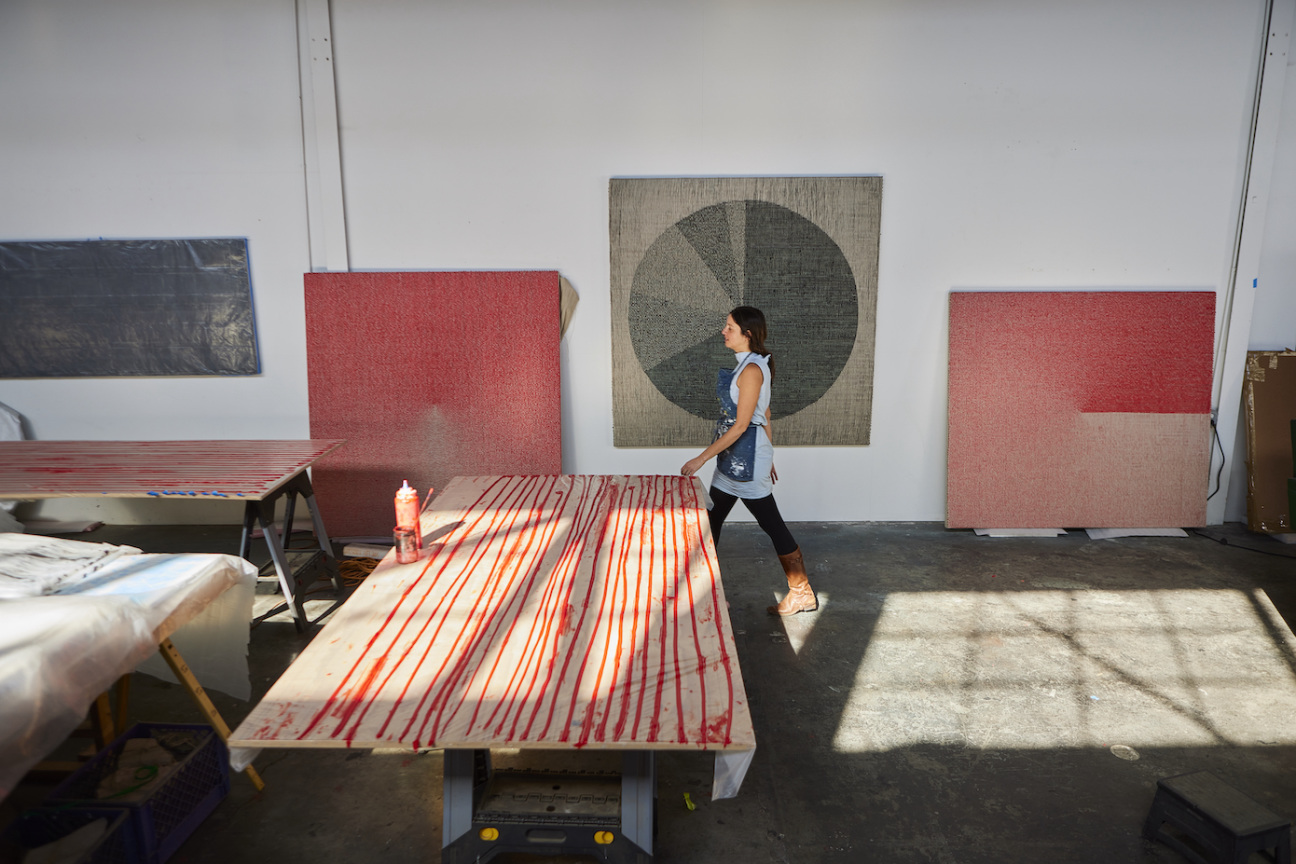
Analia Saban: The Argentina-born and Los Angeles-based artist has spent her career experimenting with form and material, sculpting with acrylic paint, weaving paintings, and laser-burning canvas.
"While I was working on my MFA thesis exhibition at UCLA, John Baldessari, who was my graduate advisor, told me, 'You can do whatever you want.' I know it sounds simple, but it really isn't. When it comes to artmaking, it's hard to find the confidence to break with tradition, embrace our inner voice, and do what we really want to do. After he said it, I felt I received the license to do what I wanted to do. It helped me establish the main ideas that shaped the foundation of my practice. Whenever I meet a young artist, I like to pass it on."
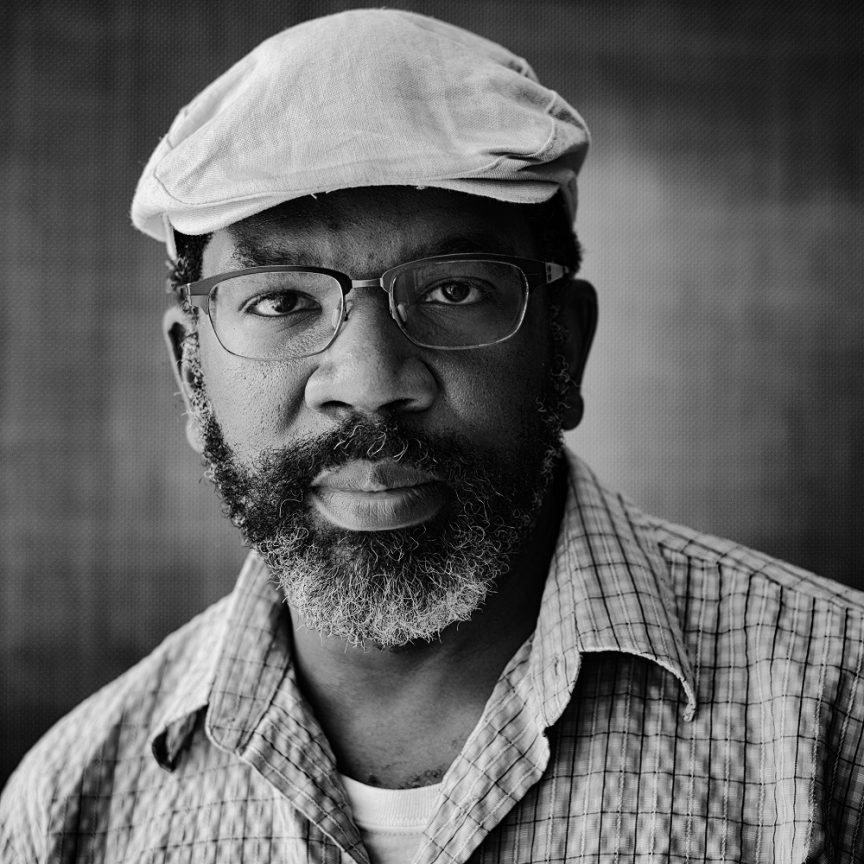
Paul Rucker: The multidisciplinary artist and musician is the founding director of Cary Forward, assistant professor at Virginia Commonwealth University, and curator for Creative Collaboration for VCUarts.
“Over the years, I’ve benefited from the knowledge and wisdom my mentors and teachers have shared with me. I’ve learned that there will never be another you, ever. We must honor our authentic selves and the way we do things, while simultaneously putting heroes and influences to the side for the sole purpose of discovering, developing, and nurturing our own authentic voices, fearlessly.
I attended an awards ceremony when I was 13. The featured speaker said many words that day. I don’t remember most of them. The one thing he said that has continued to resonate with me: 'Good luck is when opportunity and preparation meet.' If you get an opportunity that’s really exciting, and you’re not quite ready, say yes, anyway—then do as much as you can to learn what needs to happen to make it happen.
I was once asked to go touring in Europe with a blues band… Blues was not my main area of focus but I said yes anyway. I practiced for many hours and quickly learned all the songs and spent four amazing weeks in Europe. Move fearlessly. Don’t let the advice from others change your hope. Especially when their advice comes from a place of fear.”
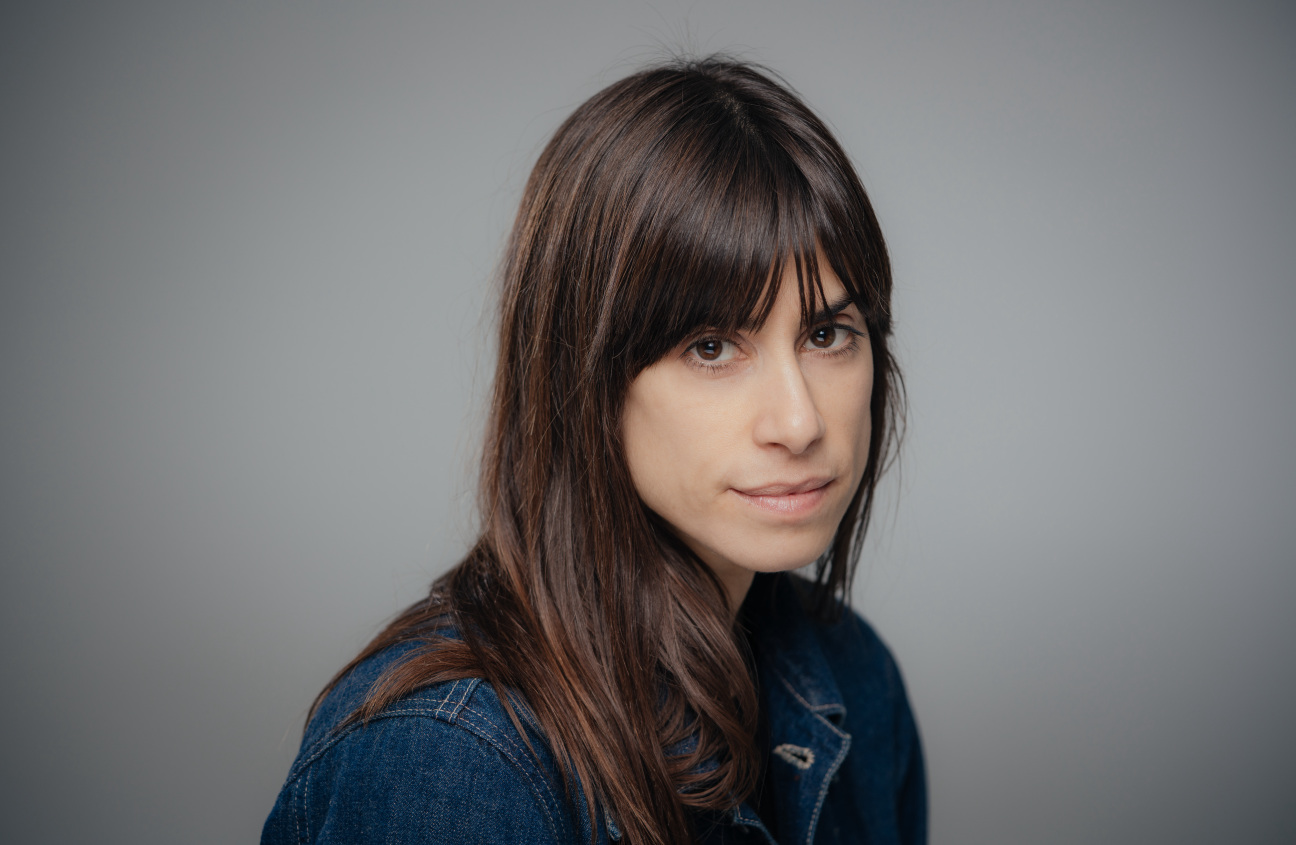
Jill Magid: The New York-based conceptual artist, writer, and filmmaker delves into power dynamics by engaging with government and corporate entities and probing their structures from within.
“Joan Jonas said to me: Take the time you need to say what you need to say, however long that is.”
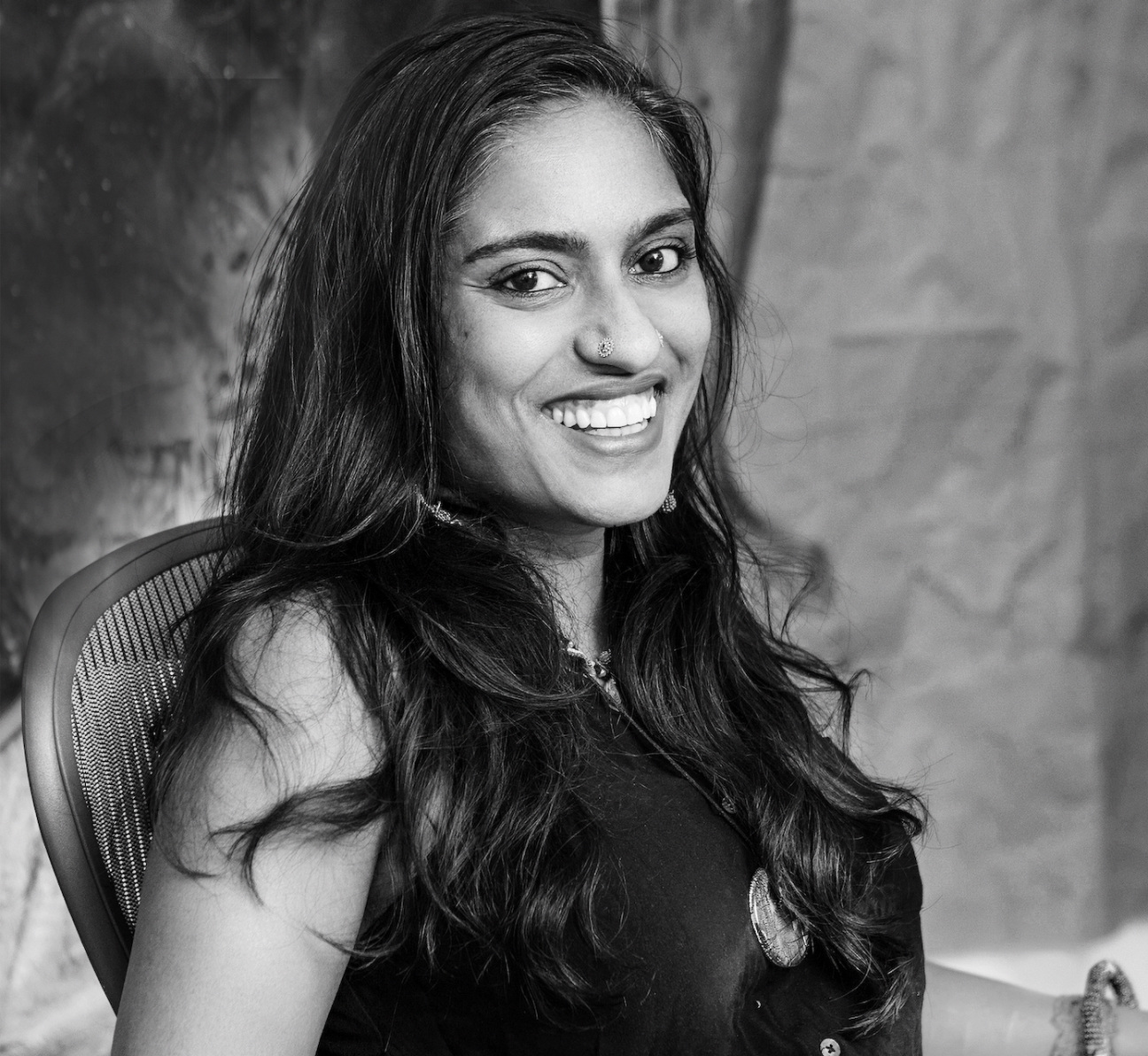
Chitra Ganesh: The Brooklyn-born artist explores femininity and power through a multidisciplinary practice that includes drawing, painting, computer-generated imagery, video, and sculpture.
“This advice has come to me consistently, and in many moving parts, over the past 25 years via conversations with dear friends, colleagues, and former assistants: People are often under the misimpression that someone from a higher plane of power will come and pluck them out of their current circumstances, catapulting them to success. While the 'chosen one' narrative may happen once in a blue moon, the vast majority of success happens with the discipline of a daily grind, and networks of peers who lift each other up, on a regular basis, over years.
This will include colleagues who are both older and younger than you. So be mindful of how you treat people. Treat everyone with equal generosity and respect, including those whom you perceive to be younger or have less experience or power. Be kind and present whether you think they can give you something or not. Being kind is not being a pushover. The intern or assistant curator that everyone is bossing around today may one day make a much more powerful mark on the field than you ever imagined.
People remember how you treat them, long after you’ve forgotten. Word of mouth is still a powerful communication tool of the field, and the art world can be a lonely place. Do what you can to cultivate presence and generosity in your workspace, on a daily basis. You will be rewarded in spades.”










 in your life?
in your life?

